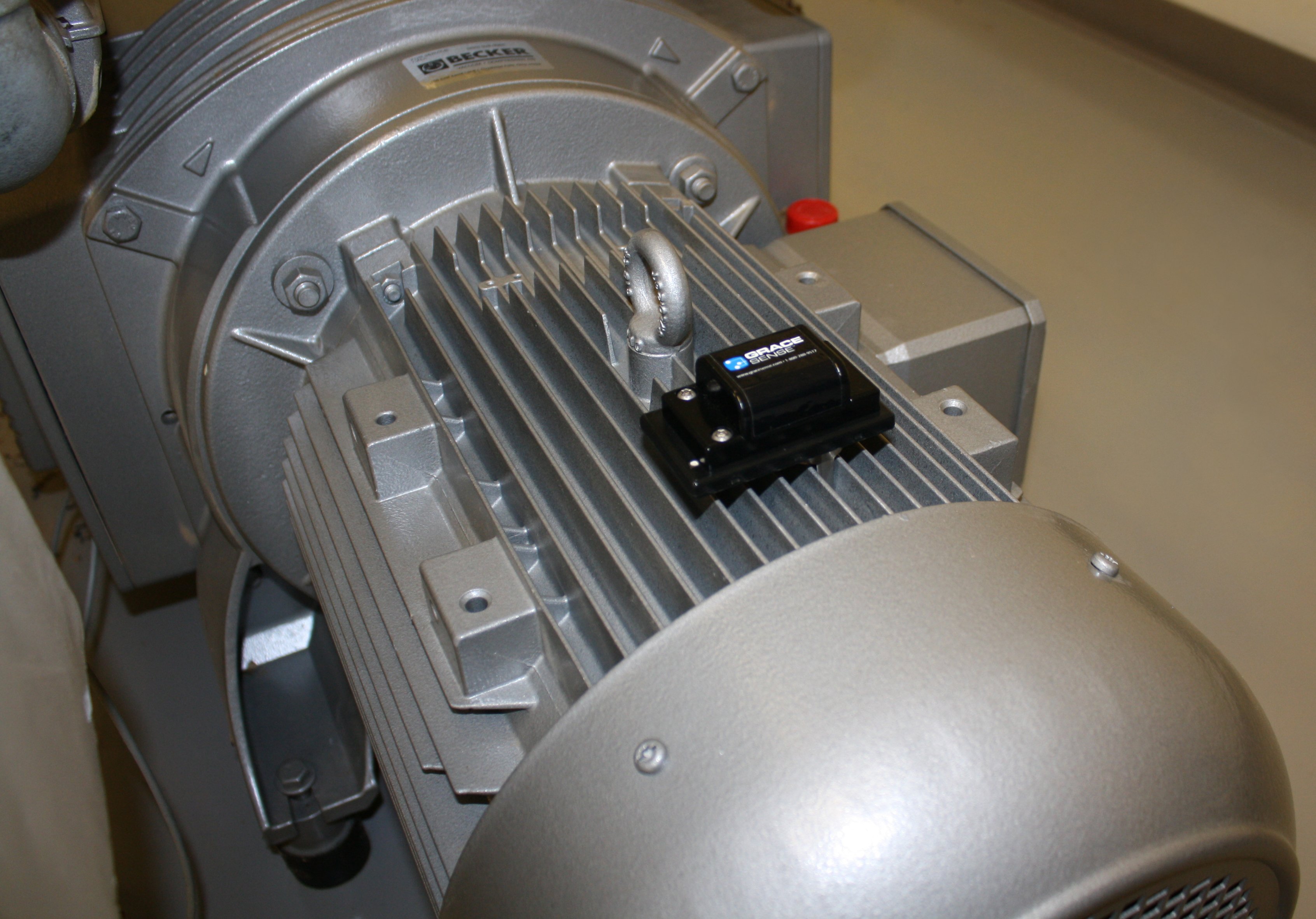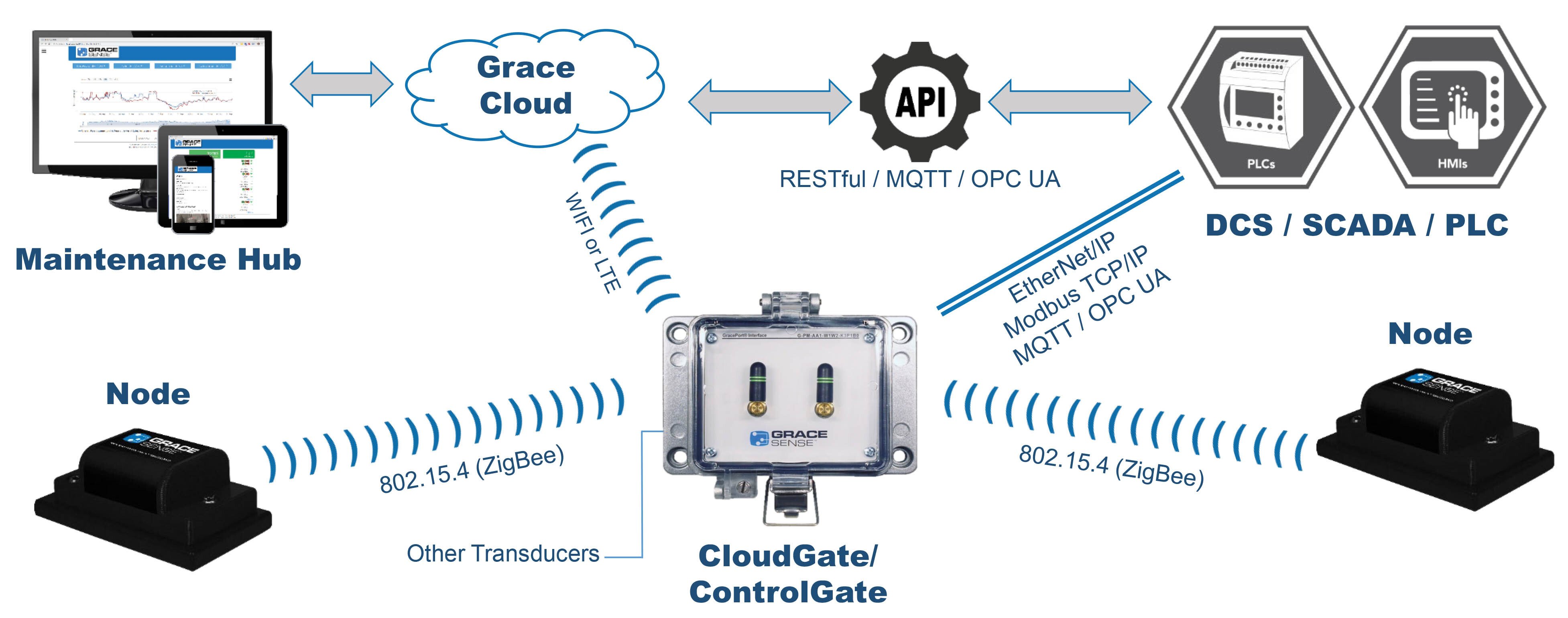IIoT promises to reduce downtime, especially in the 24/7 industrial world. In most industrial verticals, downtime can be incredibly costly; about $20 billion in terms of lost revenue in process industries alone. In general, anytime you have functioning legacy equipment that approaches 60 years old, there’s going to be a constant need for maintenance. If IIoT can eliminate the route-based inspections of that legacy equipment and bring about route prioritization, it can have a high-value proposition for organizations.
Equipment uptime has a direct impact on plant productivity and output. The age-old common practice of route-based vibration analysis can fail to provide sufficient early indication of problems because data is not collected continuously and not provided remotely or in real-time.
An unplanned shutdown due to the failure of improperly maintained assets, such as motors and rotating equipment, is among the highest risk and most expensive scenarios an organization and its maintenance teams can endure. To curb this potential major economic loss, integrate a wide array of maintenance methods that include routine physical inspections and condition-based monitoring to spot equipment failure before it occurs.

Motor vibration and temperature sensors continuously monitor the health of any rotating equipment and alert maintenance teams when anomalous behavior is detected. The early warnings of impending equipment failure they provide allow maintenance teams to proactively react instead of dealing with an unexpected failure.
IIoT products that can be quickly and affordably deployed to wirelessly monitor vibration are becoming attractive to reliability engineers and plant managers looking to either improve upon their existing route-based vibration analysis or begin a journey toward data-driven maintenance. On the other end of this spectrum, many high-end vibration-monitoring systems are designed to shut down processes immediately when a specific type of vibration event occurs in a designated frequency range. As a result, these systems need to continuously collect and process vibration data.
The decisions that go into digital transformation are always going to be complex and multifaceted. Because of that, if you don’t think through the ramifications of integration with your legacy equipment and your existing workforce, it likely will lead to worse results from an IIoT rollout than you might see if you lay the groundwork for network integration.

Many facilities have issues with downtime that’s costing their organization lost time and money. They don't have a huge maintenance budget to counteract the losses that they’re seeing in equipment degradation or unexpected failure. Other facilities have invested so heavily in maintenance that they've effectively eliminated their downtime problems.
This, however, can be a suboptimal deployment of maintenance dollars because you’re spending more than is necessary to optimize downtime requirements. What we hope to see with IIoT technology is a balance that results in spending an optimal amount of maintenance dollars to reduce downtime to levels that result in profitable business functions.

IIoT can augment the widening gap in the skilled-maintenance workforce that’s been created as skilled maintenance personnel retires. Above all else, the most important aspect we should value is safety enhanced through IIoT analytics that provides better planning and a proactive approach to maintenance.
The possibilities of IIoT digital transformation are boundless and daunting. Many facility managers who wish to begin their digital journey are challenged with how their existing equipment and systems can incorporate smart devices. This is where today’s low-cost, battery-powered solutions come into play.
Underlying IIoT technologies are ready for prime time now. Easy-to-deploy sensors are affordable and accessible. The wireless and network communication architectures have been built out to be robust in the industrial environment. Cloud hosting has become pervasive, affordable, and trusted. These three achievements alone can help organizations build robust and reliable IIoT solutions.
Our GraceSense™ smart devices provide advanced analytics about machine health to prevent unplanned downtime. Wireless condition monitoring solution capable of providing real-time, sensor-based insights to almost any industrial application.
Advanced analytics provide asset managers with deep insights into machine health to effectively prioritize resources and maintenance spending. Improve overall plant reliability, safety, and maintenance metrics by remotely monitoring asset health. Learn more about the potential impact of IIoT applications in our article by Grace Chief Technology Officer, Andy Zimmerman.




